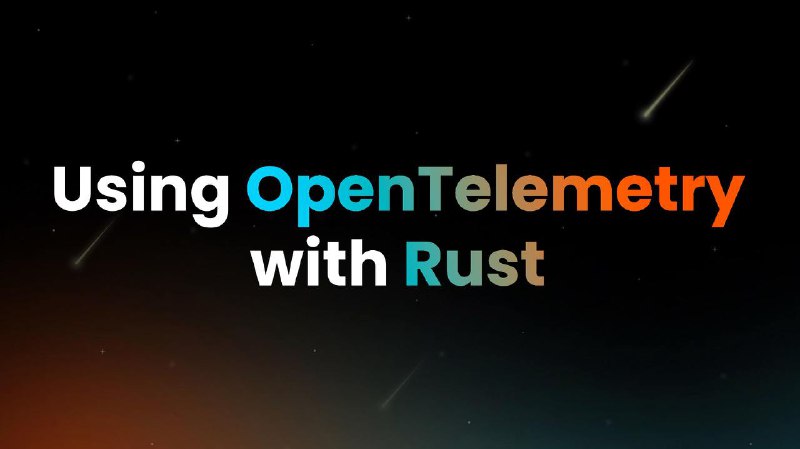tg-me.com/rust_lib/226
Last Update:
Использование OpenTelemetry в Rust
В статье рассмотрено, как использовать OpenTelemetry в Rust для мониторинга и трассировки приложений. OpenTelemetry — это мощный инструмент для сбора и анализа данных о производительности, который помогает отслеживать выполнение запросов в распределенных системах.
В статье показано, как интегрировать OpenTelemetry в приложение на Rust, используя библиотеку tracing и экспортировать данные в Jaeger. Приведены примеры кода, объясняющие настройку и использование трейсов для диагностики проблем и улучшения производительности.
Базовый конвейер с OpenTelemetry можно настроить с помощью opentelemetry_otlp. Затем создаётся слой tracing_opentelemetry, использующий этот конвейер, и добавляется в подписчик трассировки, который инициализируется.
// note that here, localhost:4318 is the default HTTP address
// for a local OpenTelemetry collector
let tracer = opentelemetry_otlp
::new_pipeline()
.tracing()
.with_exporter(opentelemetry_otlp::new_exporter().http().with_endpoint("localhost:4318"))
.install_batch(Tokio)
.unwrap();
// log level filtering here
let filter_layer = EnvFilter::try_from_default_env()
.or_else(|_| EnvFilter::try_new("info"))
.unwrap();
// fmt layer - printing out logs
let fmt_layer = fmt::layer().compact();
// turn our OTLP pipeline into a tracing layer
let otel_layer = tracing_opentelemetry::layer().with_tracer(tracer);
// initialise our subscriber
subscriber
.with(filter_layer)
.with(fmt_layer)
.with(otel_layer)
// The error layer needs to go after the otel_layer, because it needs access to the
// otel_data extension that is set on the span in the otel_layer.
.with(ErrorTracingLayer::new())
.init();
https://shuttle.rs/blog/2024/04/10/using-opentelemetry-rust
👉 @rust_lib
BY Rust

Share with your friend now:
tg-me.com/rust_lib/226
